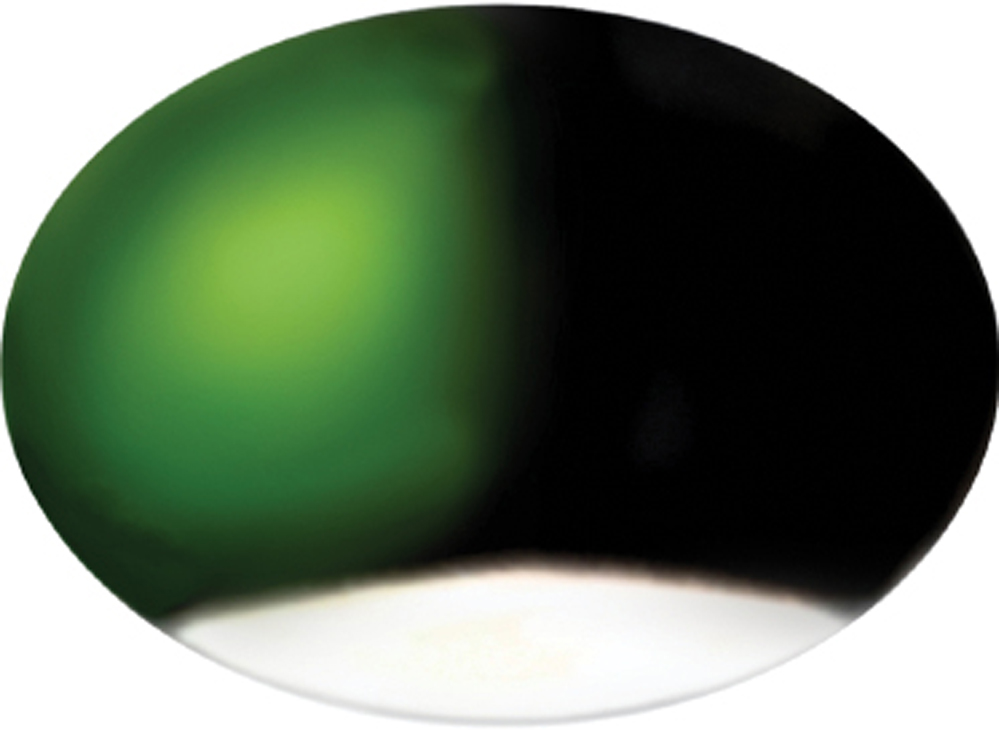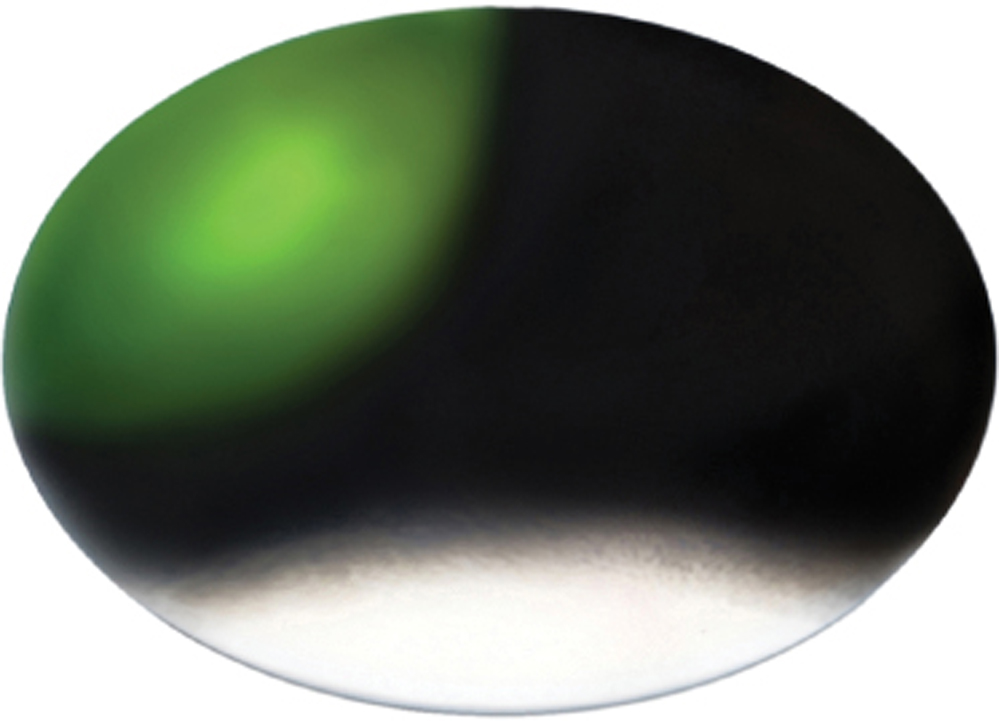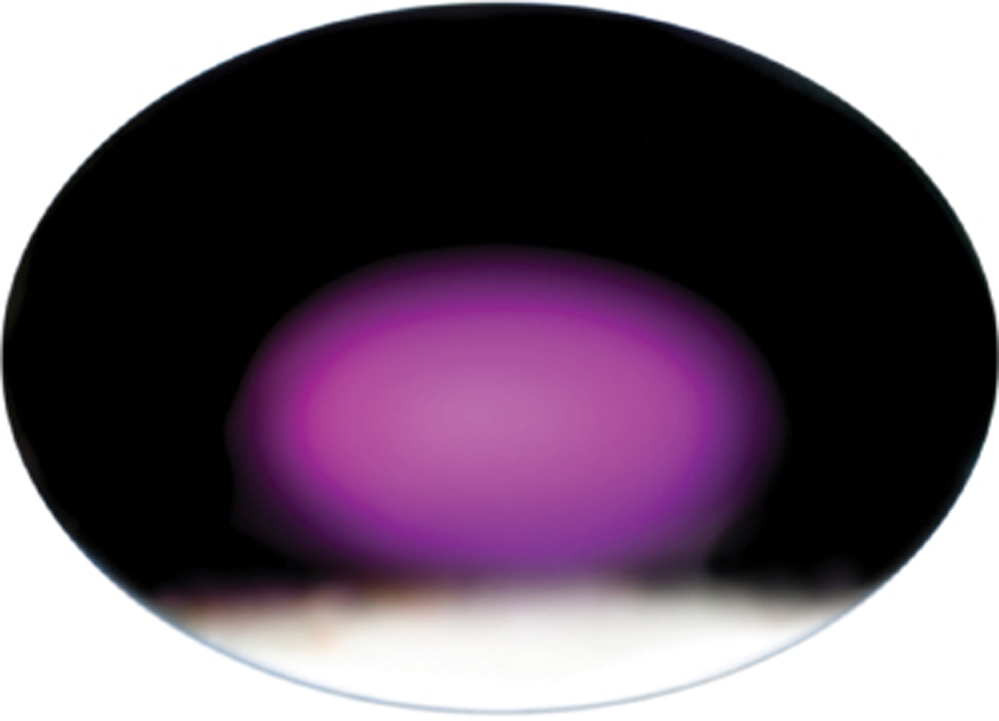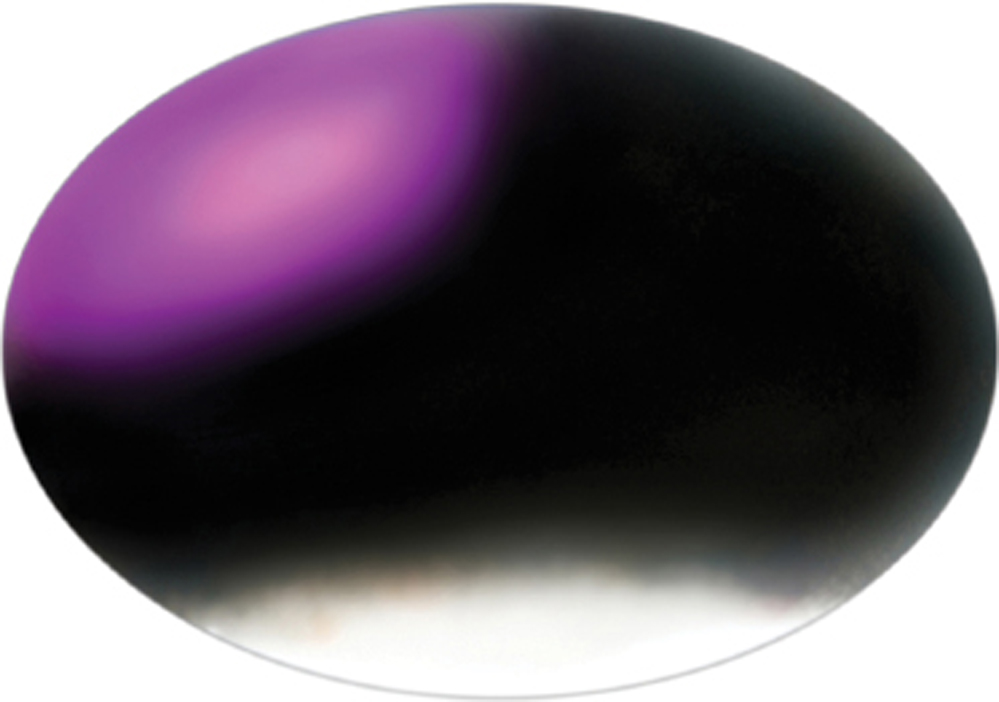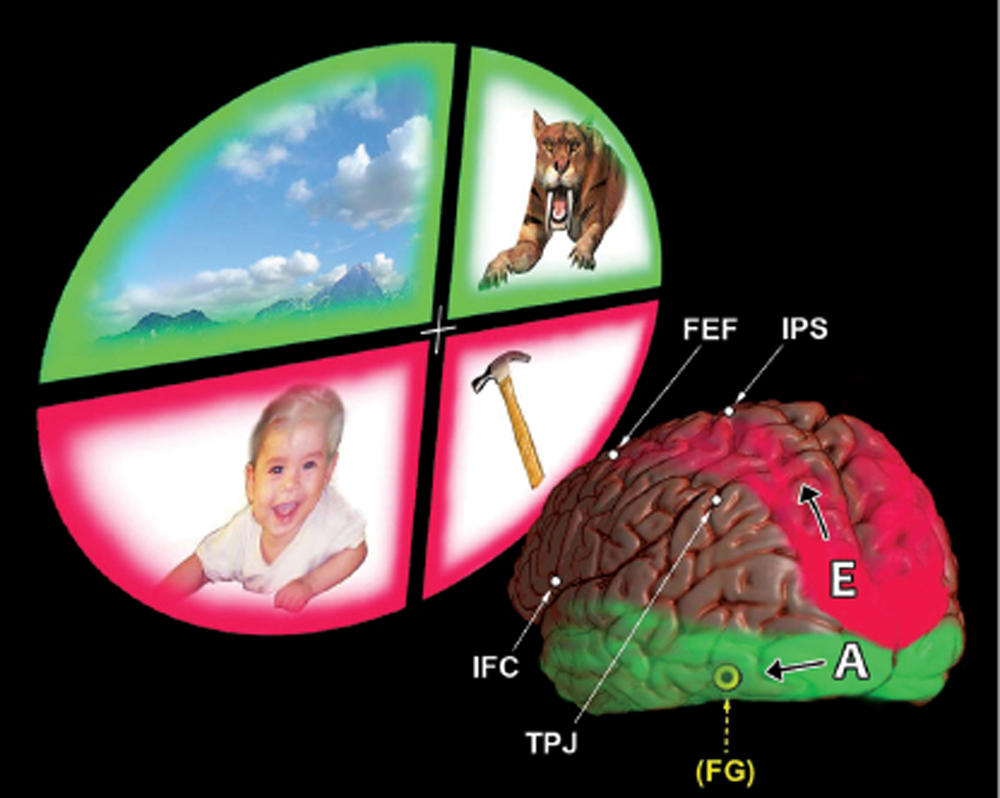
Plate 1 Egocentric and allocentric attentive processing; major differences in their efficiencies
This view contrasts our top-down dorsal egocentric networks with those other networks representing our ventral allocentric, bottom-up pathways. Your vantage point is from a position behind the left hemisphere, looking at the lower end of the occipital lobes.
This person’s brain is shown gazing up and off to the left into quadrants of scenery. The items here are imaginary. The baby and the hammer are in the space down close to the person’s body. The scenery above and the tiger are off at a distance.
Starting at the top of the brain are the two modules of the dorsal, top-down attention system: the intraparietal sulcus (IPS) and the frontal eye field (FEF). They serve as the attentive vanguards linked with our subsequent sensory processing and goal-oriented executive behavior. Notice how they are overlapped by the upward trajectory of the upper parietal → frontal egocentric (E) system. This Self-referential system is shown as an arching red pathway that begins in the upper occipital region. Notice that a similar red color also surrounds the lower visual quadrants containing the baby (at left) and the hammer (at right). Why? To indicate that this dorsal, “northern” attention system could attend more efficiently—on a shorter path with a lesser wiring cost — to these lower visual quadrants. This enables our parietal lobe senses of touch and proprioception to handle easily such important items down close to our own body.
In contrast, our two other modules for cortical attention reside lower down over the outside of the brain. They are the temporo-parietal junction (TPJ) and the regions of the inferior frontal cortex (IFC). During bottom-up attention, we activate these two modules of the ventral attention system chiefly on the right side of the brain. There, they can engage relatively easily the networks of allocentric processing nearby (A). The green color used to represent these lower temporal → frontal networks is also seen to surround the upper visual quadrants. Why?
This is to suggest the ways this lower (“southern”) pathway is poised globally to use its two different specialized systems of pattern recognition. These are based on our senses of vision and audition. Each serves both to identify items off at a distance from our body and to instantly infuse them with meaningful interpretations. The yellow FG in parenthesis points to this lower pathway’s inclusion of the left fusiform gyrus. This region, hidden on the undersurface of the temporal lobe, contributes to complex visual associations, including our sense of colors.
